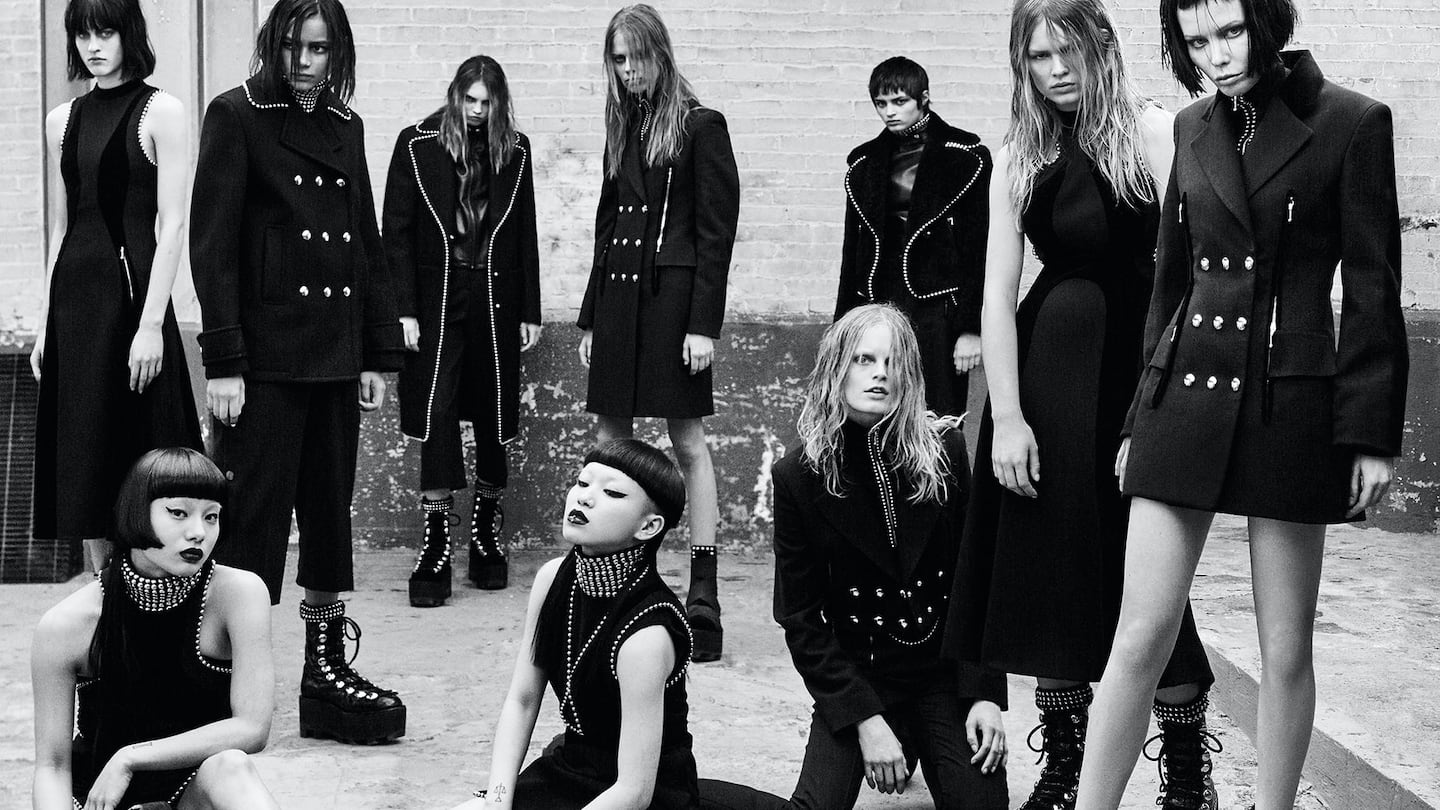
The Business of Fashion
Agenda-setting intelligence, analysis and advice for the global fashion community.

Agenda-setting intelligence, analysis and advice for the global fashion community.

LONDON, United Kingdom — Since Alexander Wang launched his label in 2005, a production base in Asia has helped the brand deliver a desirable — and lucrative — blend of designer aesthetics and accessible price points. But over the last two years, the brand has shifted a significant proportion of its production to European suppliers, including factories in Italy, Spain and Portugal, as well as Turkey, which the brand is counting as Europe. The shift came in phases, over the last two years, as the label worked to reposition itself from "contemporary" to "designer," adding more expensive and intricate products to its offering, such as fur-trimmed leather jackets for almost $3,000.
“We’re always looking to improve our product,” Alexander Wang told BoF. “When we push design, with design comes the resources to manufacture it — whether it’s innovative technologies in cutting materials or gluing.”
Until 2014, about 90 percent of the label's manufacturing took place in Asia. Today, that figure is around 70 percent, with about 30 percent of the company's production now based in Europe (including Turkey). Thirty percent of Alexander Wang's tailoring is produced in Europe (mostly in Italy), while some jersey garments for T by Alexander Wang, the company's lower-priced basics line, are now made in Portugal. Meanwhile, the brand's 'Annika' women's pumps and a new line of 'Rogue' handbags is wholly produced in Italy, near Venice and Florence, respectively.
The move is also about consumer perception. “I think certain consumers definitely pay attention,” said Wang of where fashion brands produce their goods. “Probably an older consumer who shops a lot of different categories and has a history of the brand.”
ADVERTISEMENT
In recent years, European fashion and accessories manufacturers has become more competitive on cost vis-a-vis Asian factories, many of which have improved their product expertise and time-per-unit efficiency, pushing up prices. However, increasing production in and around Europe will not cut costs or improve margins in the short-term, according to Wang.
“We are looking at this as a long-term investment, so that we can work back in on our margins to support that in the long-term,” said the designer. The brand’s new production locations will not impact the retail prices of its products, he added.
Shifting some manufacturing to Europe is also more practical, said Rodrigo Bazan, president of the company. While the majority of the brand's stores are in Asia, Europe is its largest wholesale market and 90 percent of the raw materials used in its products are European, meaning that manufacturing more products in Europe reduces the costly, time-consuming process of transporting goods. "It's certainly simplified the whole equation of development and production," said Bazan.
A more diverse international manufacturing base has also enabled the label to branch into new product categories, such as espadrilles, which it manufactures in Spain, and jewellery, made in Italy. “We expand this practice when we need to add a certain skillset or a product development solution,” said Bazan. “The more that we’re exposed to these production lines, the more we’re able to be visible to other opportunities in other categories,” added Wang.
Sixty to seventy percent of Alexander Wang's knitwear — as well other categories including “soft tailoring” using silk — will continue to be made in Asia with factories that deliver “a qualitative product at an accessible price-point,” said Wang. For sneakers, which the brand orders from factories that also produce for sportswear giants Nike and Adidas, Wang will also continue to tap Asian manufacturing facilities, “because of the right skillset and machinery,” he said.
As to whether the brand is planning to shift even more manufacturing to Europe in the coming seasons, the designer said he is “evaluating our options” but plans to “build more, hopefully, into these areas.”
“We’ve certainly seen a great reaction in the showroom and we know that there is going to be bigger volumes [of product],” added Bazan. “So, naturally, this will be a bigger percentage of our overall production.”
From analysis of the global fashion and beauty industries to career and personal advice, BoF’s founder and CEO, Imran Amed, will be answering your questions on Sunday, February 18, 2024 during London Fashion Week.
The State of Fashion 2024 breaks down the 10 themes that will define the industry in the year ahead.
Imran Amed reviews the most important fashion stories of the year and shares his predictions on what this means for the industry in 2024.
After three days of inspiring talks, guests closed out BoF’s gathering for big thinkers with a black tie gala followed by an intimate performance from Rita Ora — guest starring Billy Porter.